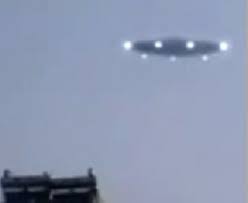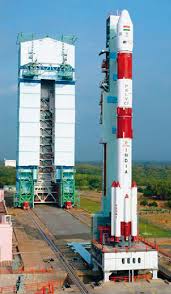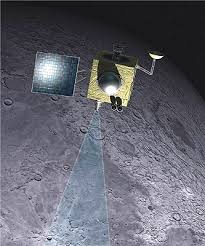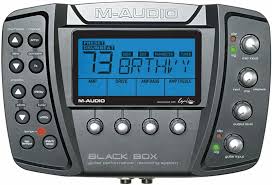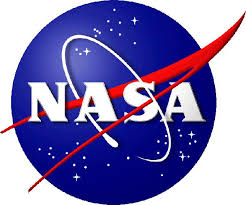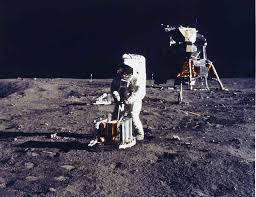N
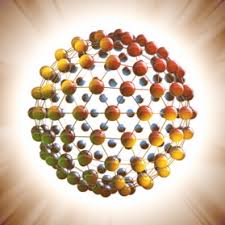 anotechnology refers broadly to field of applied science and technology whose unifying theme is the control of matter on the molecular level in scales smaller than 1 micrometre, normally 1 to 100 nanometers, and the fabrication of devices within that size range. It is a highly multidisciplinary field, drawing from fields such as applied physics, materials science, colloidal science, device physics, supermolecular chemistry, and even mechanical and electrical engineering.
anotechnology refers broadly to field of applied science and technology whose unifying theme is the control of matter on the molecular level in scales smaller than 1 micrometre, normally 1 to 100 nanometers, and the fabrication of devices within that size range. It is a highly multidisciplinary field, drawing from fields such as applied physics, materials science, colloidal science, device physics, supermolecular chemistry, and even mechanical and electrical engineering.Much speculation exists as to what new science and technology may result from these lines of research. Nanotechnology can be seen as an extension of existing sciences into the nanoscale, or as a recasting of existing sciences using a newer, more modern them. Two main approaches are used in nanotechnology. In the "bottom-up" approach, materials and devices are built from molecular components which assemble themselves chemically by principles of molecular recognition. In the "top-down"approach, nono-objects are constructed from larger entities without atomic-level control.
The impetus for nanotechnology comes from a renewed interest in colloidal science, coupled with a new generation of analytical tools such as the atomic force microscope (AFM), and the scanning tunneling microscope (STM). Combined with refined processes such as electron beam lithography and molecular beam epitaxy, these instruments allow the deliberate manipulation of nanostructures, and led to the observation of novel phenomena.
Despite the great promise of numerous nanotechnologies such as quantum dots an nonotubes, real commercial applications have mainly used the advantage of colloidal nanoparticles in bulk from, such as suntan lotion, cosmetics, protective coatings, and stain resistant clothing. Modern synthetic chemistry has reached the point where it is possible to prepare small molecules to almost any structure.
These methods are used today to produce a wide variety of useful chemical such as pharmaceuticals or commercial polymers. The abillity raises thequestion of extending this kind of control to the next-larger level, seeking methods to assemble these single molecules into supramolecular assemblies consisting of many molecules arranged in a well defined manner. These approaches utilize the concepts of molecular self-assembly and/or supramolecular chemistry to automatically arrange themselves into some useful conformation through a bottom-up approach.

